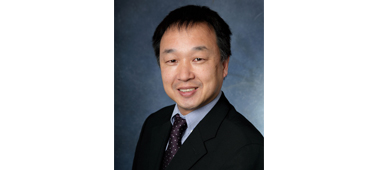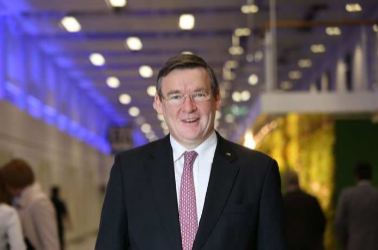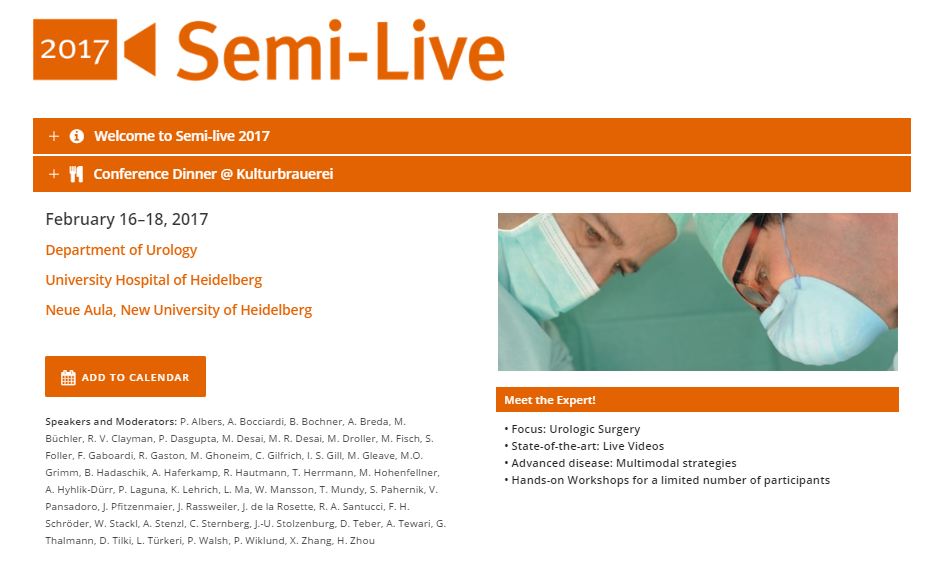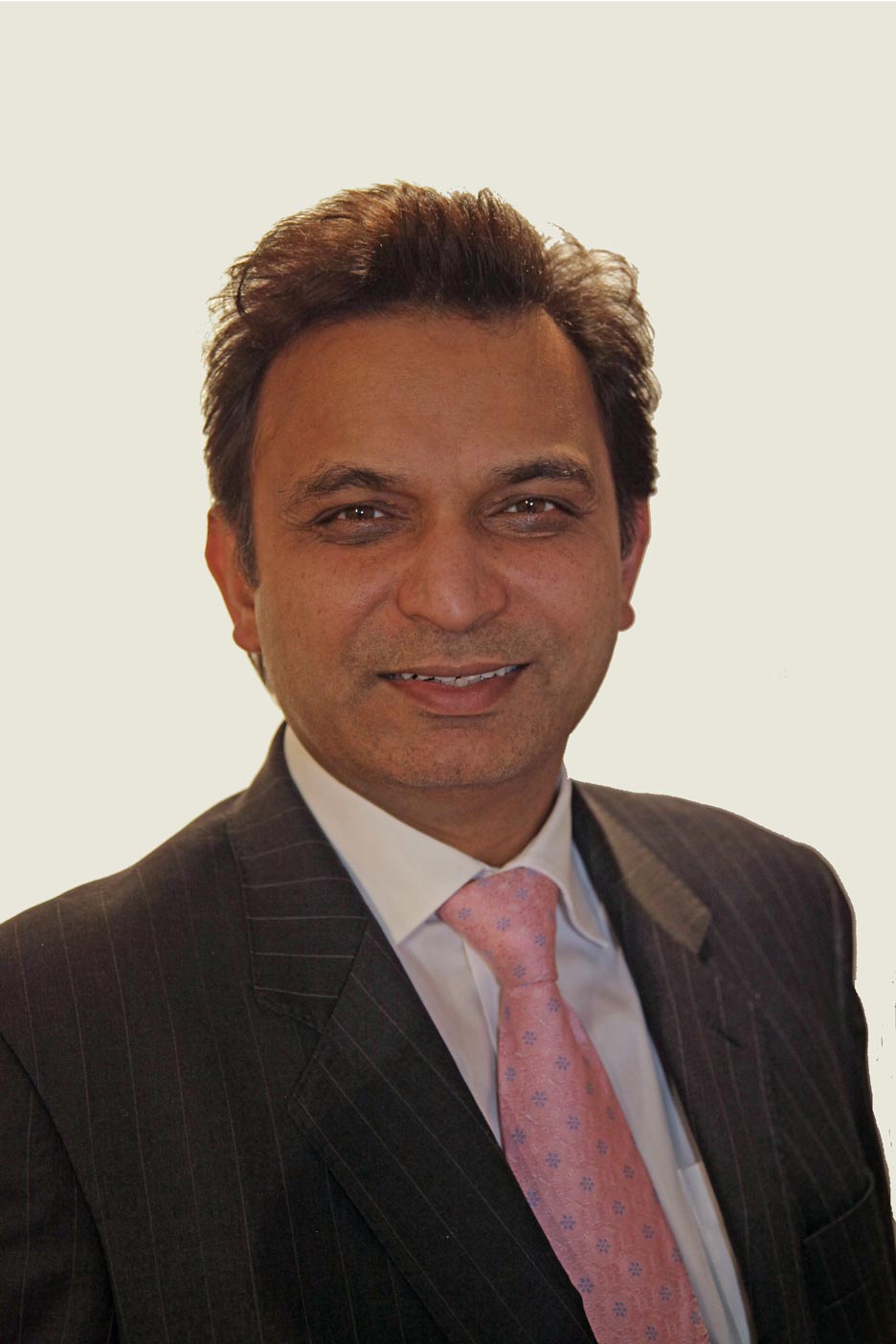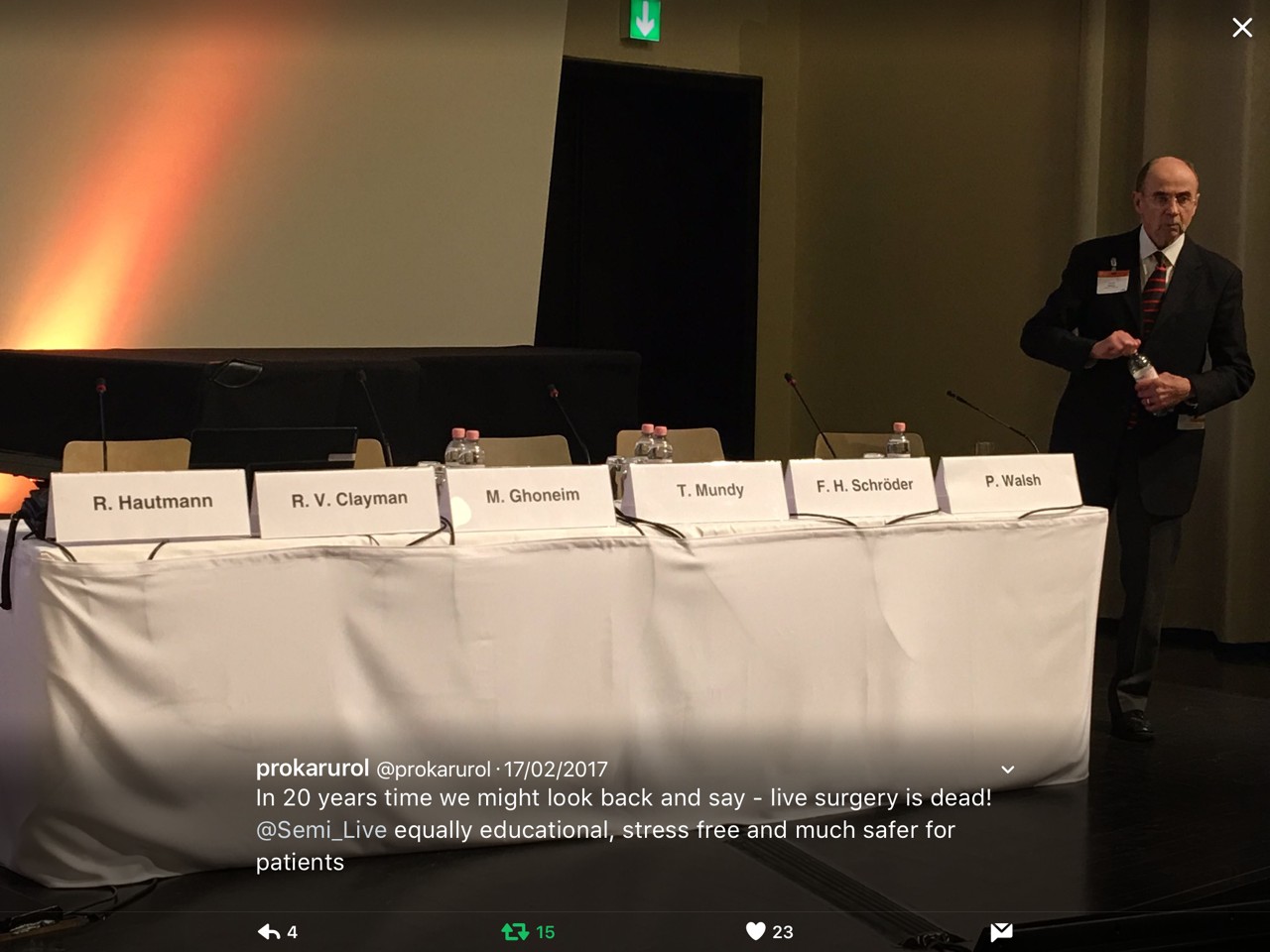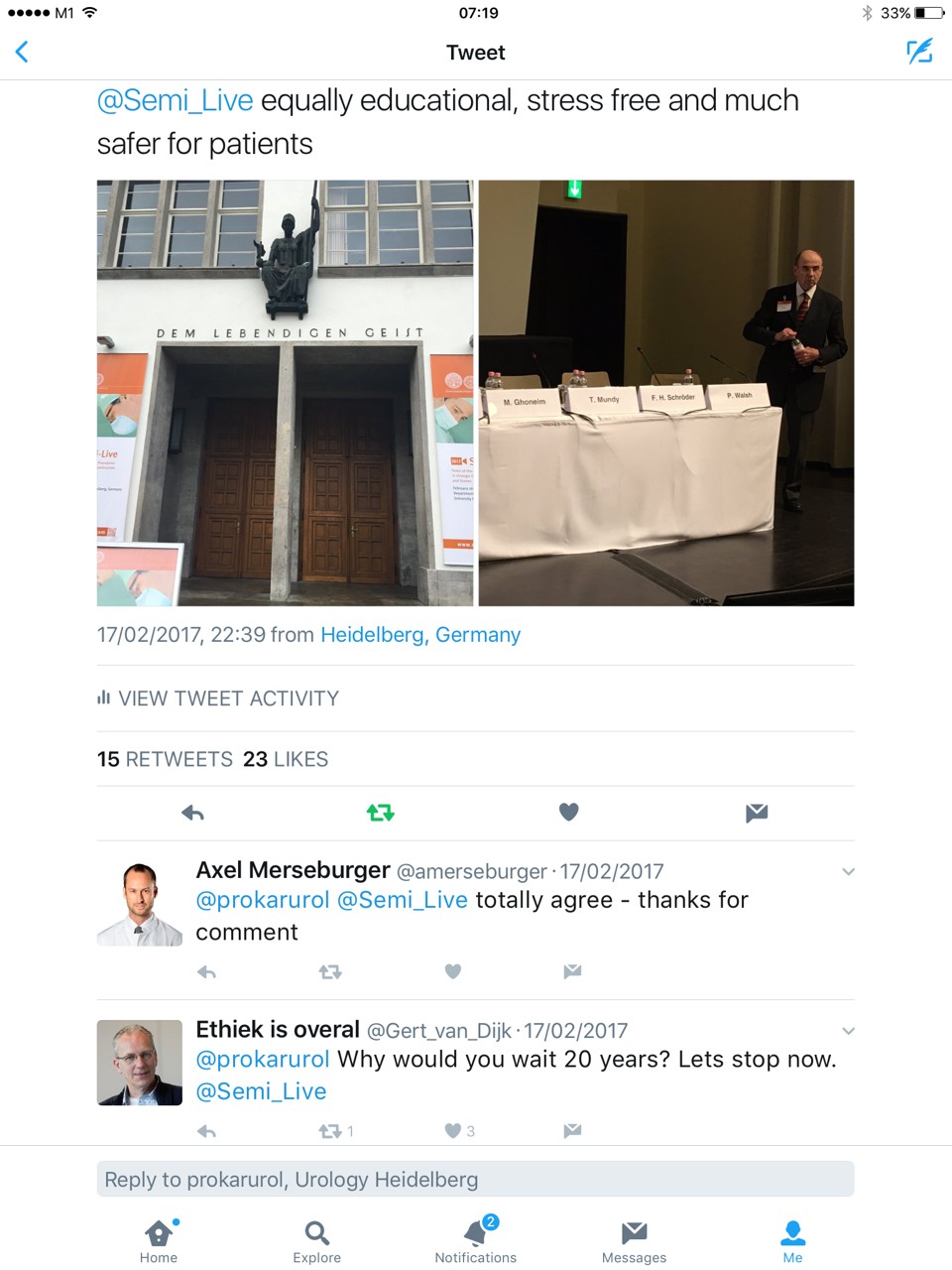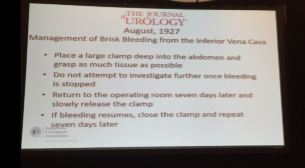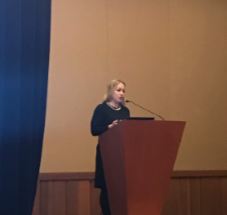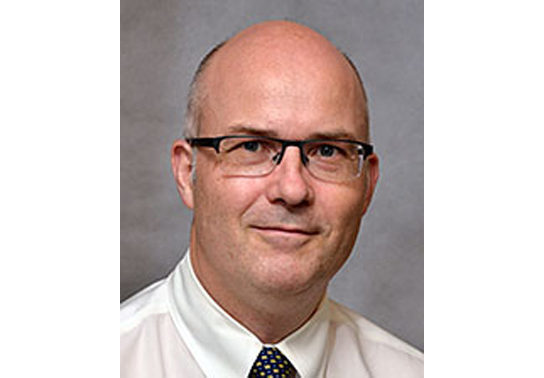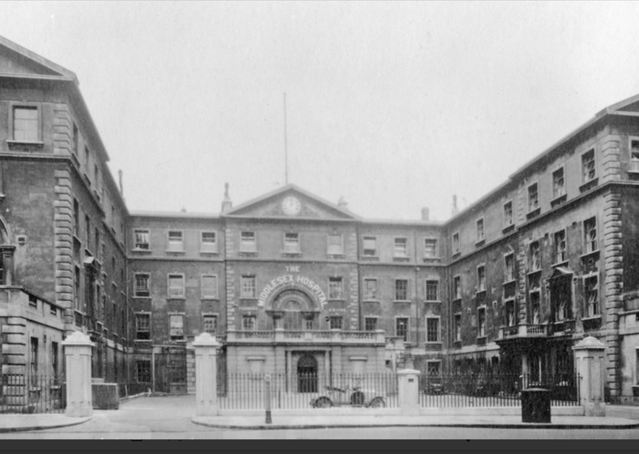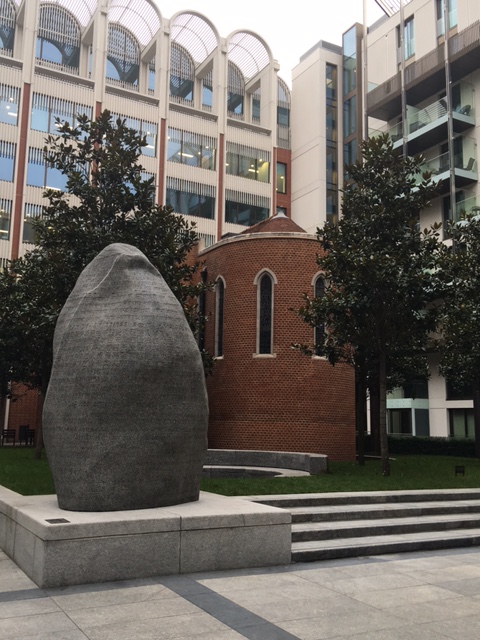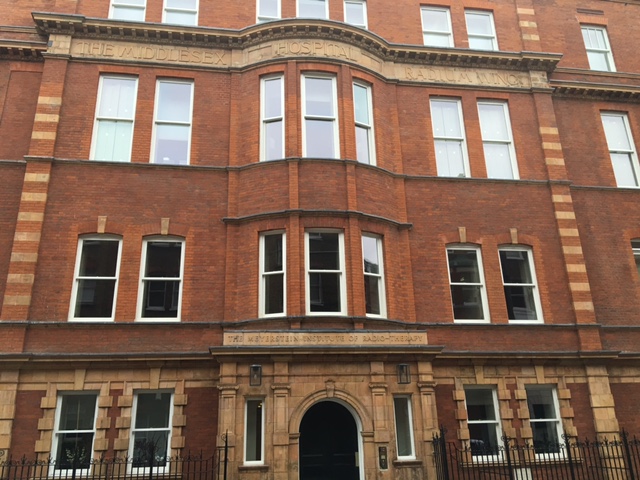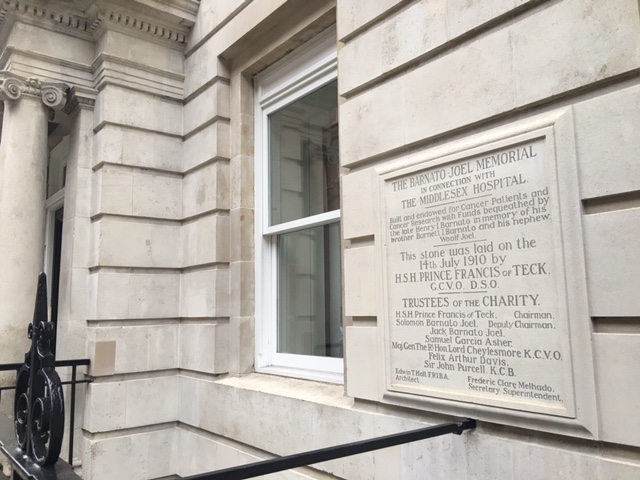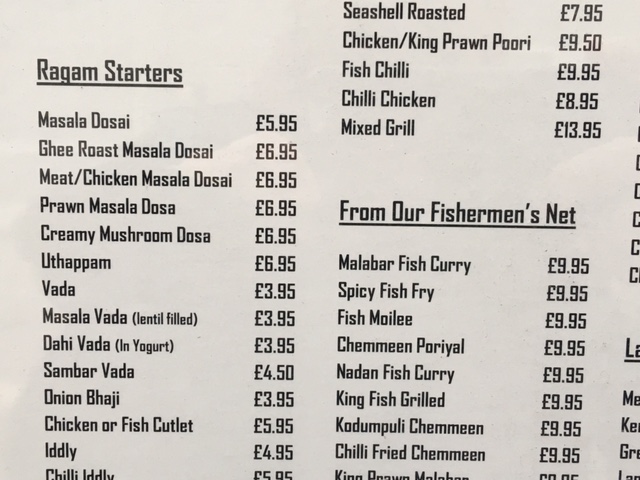EAU 2017 Congress Days 1&2
≠WeAreNotAfraid. Perhaps the standout memory of EAU – London 2017. The 32nd Annual EAU Congress in London was marked with a message of defiance from colleagues and delegates from London, Great Britain, Europe and Worldwide. These were messages of solidarity, which rang through in person and on social media after an attack at Westminster. It was quite simple. London, Europe and the World will continue regardless of these tragic events and our urological fraternity beautifully demonstrated this as days following, a record-breaking attendance of 12000 delegates from over 123 countries descended to the Excel Centre in London, UK.
EAU-2017 had surpassed many a milestone. A record breaking 5000 abstracts were submitted for poster and video presentations from over 81 countries. 1200 presentations were displayed across 300 poster and video sessions. This year showcased an expansion of the number of plenary sessions from 4 to 7 allowing for a greater choice for all delegates. The quality, breadth and expertise behind the EBUS educational courses must be commended. Finally, as always, live surgery, which has year on year, proved to be popular was broadcast from Guy’s Hospital, London. They showcased the crème de la crème of surgical talent from live procedures with over 30 surgeons involved in operating, moderating, acting as patient advocates and in organisation. I, as I am sure all delegates extend our gratitude to the patients involved during the live surgical broadcast.
The camaraderie was clear to see. One could not take more than ten steps without running into a colleague or friend. It was a perfect opportunity to catch up, network and build relationships. Perhaps it was Prof. Sir Bruce Keogh (NHS England’s Medical Director and Commissioner of the Commission for Health Improvement (CHI)) who described it best in his opening address: ‘meetings like this are vitally important since it is at these occasions that knowledge and professional links are developed, and at these events ideas take seed and take hold: the important ideas that will later lead to significant work and progress in medicine.”
In addition, the opening ceremony showcased some the serious talent in urology. Awards for Prof. Paul Abrams, Prof. Per-Anders Abrahamsson, Prof. Christian Gratzke, Dr. Riccardo Autorino and Mr. Richard Turner-Warwick demonstrated their commitment, hard work and dedication to the specialty.
Day 1 began with multiple subspecialty meetings and meetings between affiliated sections. These themed discussions were stimulating and really addressed the trials and tribulations as well as successes in the delivery of urology worldwide. Day 1 also showcased a fantastic session organised by the prostate cancer prevention group. They examined the role of active surveillance in low risk prostate cancer with specific reference to data from ProtecT, ESRPC and the PLCO trials. Prof. Hamdy gave a comprehensive overview of the ProtecT study and reminded the audience that the risk of death from prostate cancer remains low (1% over ten years), and that surgery and radiotherapy although reduce cancer progression can result in bothersome side effects. The increasing role of urine based biomarkers; microRNA, imaging and genetic testing were all discussed when redefining the cohort of patients suitable for active surveillance.
The night ended with drinks at the Healtap, a bar outside Guy’s hospital, London. This was a throwback to the past for many. Old friends and colleagues, past fellows and current urologists all gathered to reminisce about past UK experiences. Following this, a late night serious session of serious recording and video production ensued with Declan Murphy and Alastair Lamb. For those open surgical protagonists who wonder ‘what have the robots ever done for us?’ I encourage you to watch:
The opening plenary session of Day 2: ‘Sleepless nights: Would you do the same again?’ chaired by Mr. Tim O’Brien critically re-evaluates some of the management decisions for kidney cancer from a medico-legal perspective. This session was fascinating and almost akin to a TV drama. A medico-legal lawyer (Mr. Leigh) vociferously cross-examining key members of faculty and an audience watching them sweat over what would have been initially perceived an acceptable clinical decision. A key message: allow your patients to take on decisions and not shoulder the entire burden yourself and the phrase; ‘your skills are for your patient, your notes are for yourselves’ continues to resonate.
Another EAU annual conference goes by with yet more casualties from a verbal punch up. The second session showcased a debate on robotic salvage prostatectomy between Declan Murphy and Axel Heidenreich. Perhaps the blood spilt from this joust reminded the audience that despite the rising bank of evidence favouring salvage prostatectomy, there will always remains debate when a salvage procedure is associated with increased morbidity and risk for the patient.
The ‘twitosphere’ was heavily active. The beauty of this as always is that if you were to miss sessions, lectures or abstracts, the ability to follow them on twitter in real time adds another dimension to conference attendance.
The most re-tweeted slide was presented by Dr. Ashish Kamat, a simple yes incredibly powerful slide demonstrating the equivalence in disease specific survival between high grade T1 urothelial carcinoma of the bladder and advanced prostate cancer reminded us all of the need to be vigilant and aggressive with high grade non muscle invasive disease of the bladder.
Day 2 brought out some of the best in abstracts, EBUS courses and updates in clinical trials. The latest developments in urological research include: the PROstate MRI Imaging Study (PROMIS) trial results reviewed by Hashim Ahmed and futher evidence and discussion from the Prostate Testing for Cancer and Treatment (ProtecT) trial by Freddie Hamdy. Prof. Jim Catto gave an eloquent talk examining the role of the enhanced recovery programme in radical cystectomy.
What a fantastic start to the meeting! As you shall see, the remainder of the meeting did not disappoint. Dr. Hendrick Borgmann will reveal all in the update of day 3 and 4.
Mr. Rajesh Nair
Fellow in Robotics and Uro-Oncology
The Royal Melbourne Hospital & Peter MacCallum Hospital, Melbourne, Australia
Twitter: @nairajesh

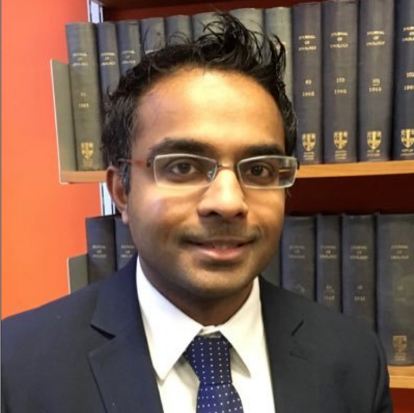




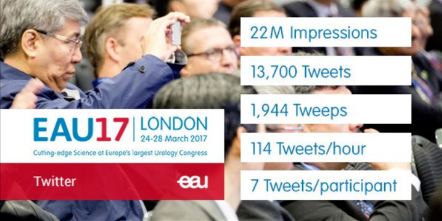
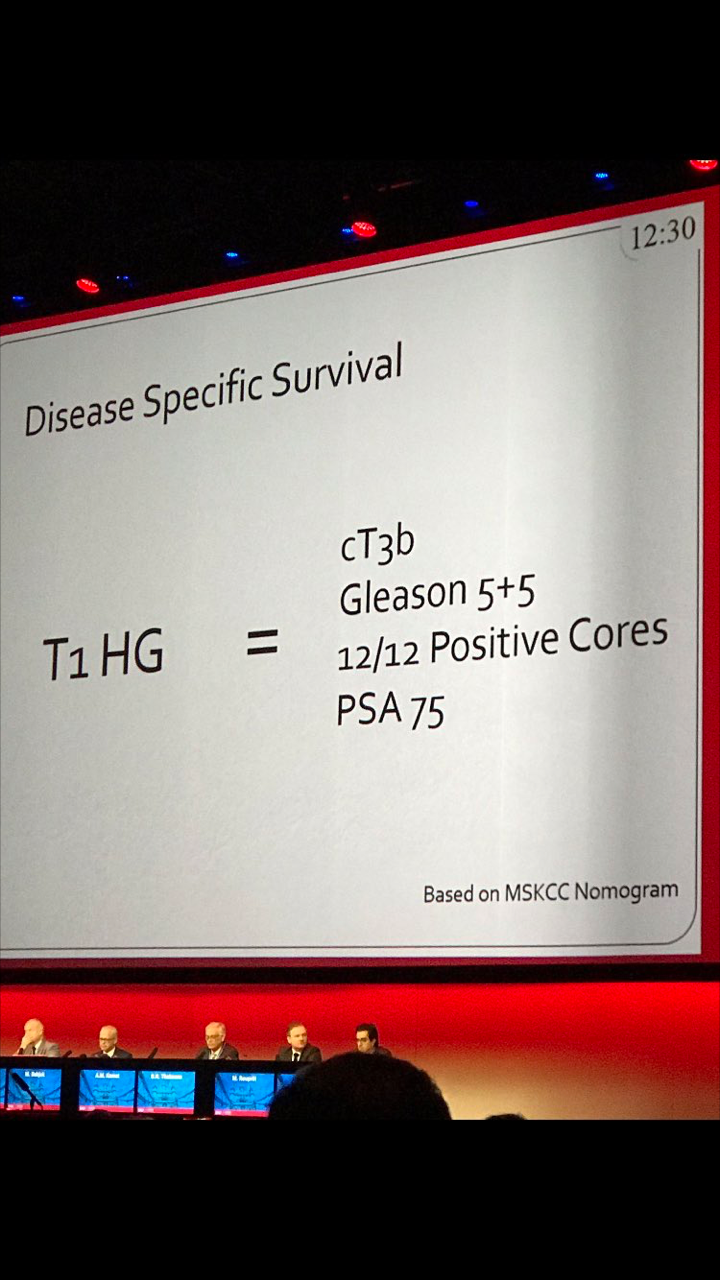
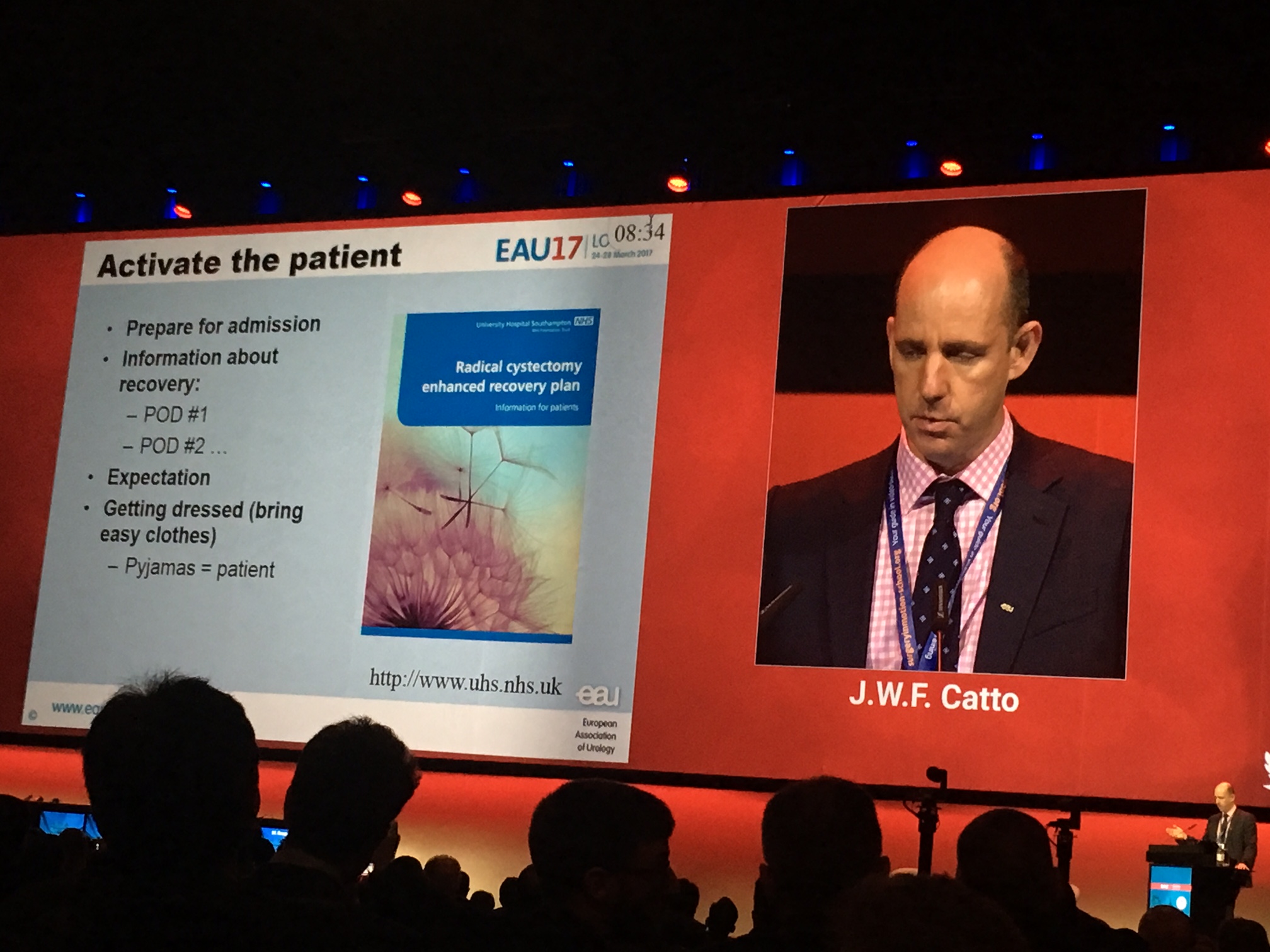
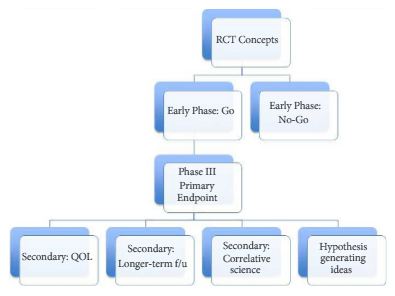







 JH population was "unique". Therapeutic benefit depends on the cohort being studied.
JH population was "unique". Therapeutic benefit depends on the cohort being studied. ) therapeutic benefit for standard PLND versus ePLND?
) therapeutic benefit for standard PLND versus ePLND?